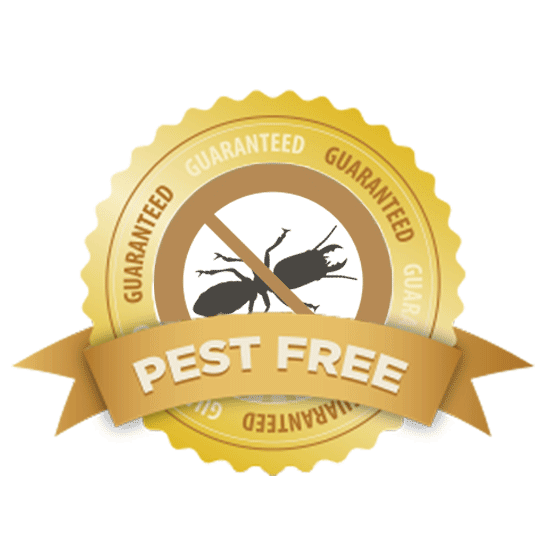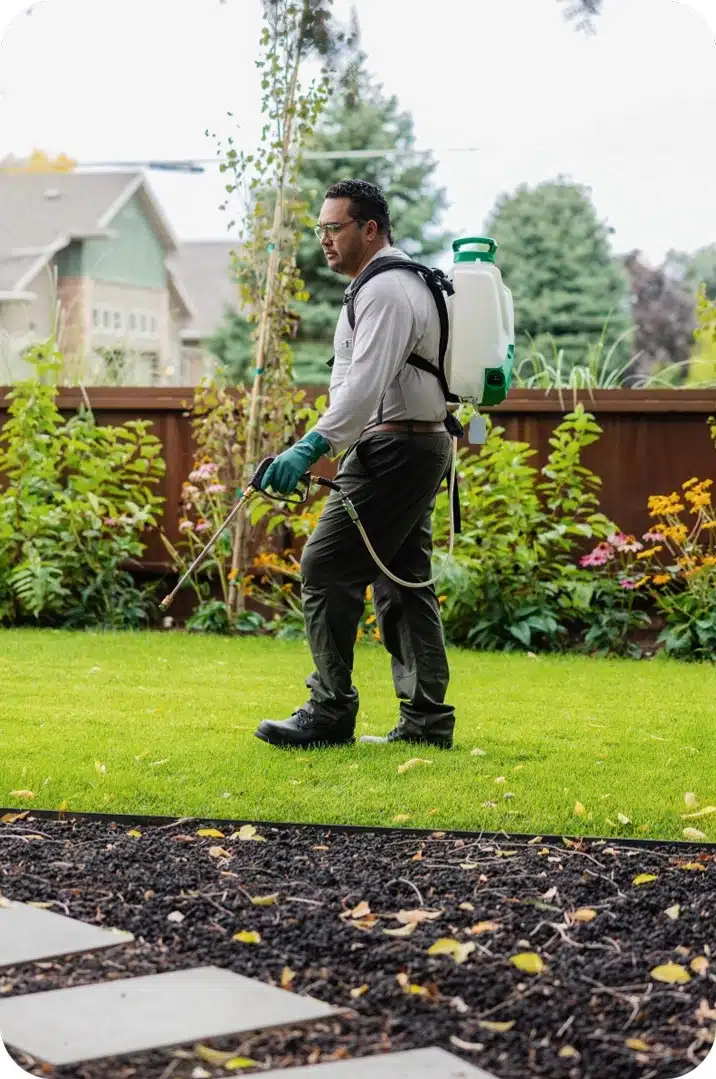A1 Bed Bug Exterminator Charlotte - Efficient and Cost Effective Services
A1 Bed Bug Exterminator Charlotte - Efficient and Cost Effective Services
Blog Article
Bed Bug Treatment Breakdown: Contrasting Chemical Vs. Non-Chemical Solutions
In the world of parasite control, especially when handling the persistent concern of bed pests, the option between chemical and non-chemical treatment options can be a critical one. Both methods offer distinct benefits and downsides, affecting variables such as effectiveness, safety and security considerations, and general cost. By analyzing the nuanced details of each technique, a more clear understanding of which path to pursue in addressing a bed insect problem can be obtained.
Performance of Chemical Therapies
Chemical treatments for bed pest invasions have actually been commonly recognized for their fast and powerful efficiency in eliminating these bugs. When thinking about the efficiency of chemical therapies, it is critical to comprehend that they can provide a fast and extensive option to a bed pest problem. Specialist pest control specialists typically rely upon pesticides to target bed bugs at various phases of their life cycle, consisting of fairies, grownups, and eggs. These chemicals commonly function by interrupting the bed bugs' worried system, bring about paralysis and eventual death.
Moreover, chemical therapies have the advantage of using residual effects, meaning that they can continue to get rid of bed bugs also after the initial application. This residual activity is specifically helpful in combating any kind of prospective re-infestations. In addition, the quick action of chemical treatments can bring relief to people facing serious bed pest infestations, allowing them to reclaim control of their living rooms rapidly.
Safety Worry About Chemical Solutions
When making use of chemical solutions for bed bug treatment is guaranteeing the security of owners and the environment,One vital element that requires careful factor to consider. While chemical treatments can be efficient in eliminating bed pests, they might pose risks otherwise taken care of properly. One of the main safety and security worry about chemical remedies is the potential damage they can cause to human health. Exposure to certain chemicals used in bed insect treatments can cause respiratory concerns, skin irritability, or various other negative reactions, particularly in individuals with pre-existing problems or sensitivities. In addition, incorrect application or dosage of chemical pesticides can lead to hazardous residues sticking around in the cured area, posturing long-term health threats to owners.
Furthermore, the ecological influence of chemical options is an additional significant consideration. Some chemicals utilized in bed bug treatments might be harmful to helpful insects, wild animals, and ecological communities if they leach right into the soil or water supply. It is necessary to use chemical treatments deliberately, adhering to security standards, and thinking about much less hazardous alternatives to mitigate these threats and make certain the reliable and safe administration of bed insect infestations.
Advantages of Non-Chemical Approaches
Considering the potential security problems and environmental influence linked with chemical remedies for bed bug treatment, exploring non-chemical approaches offers an appealing option with a number of distinctive benefits. Non-chemical therapies are environmentally friendly, as they do not contribute to air or water contamination, making them a lasting selection for bug control.
Furthermore, non-chemical remedies can be effective in targeting bed bugs, consisting of hard-to-reach areas where chemical treatments might not pass through - A1 pest control services charlotte. Approaches such as heat treatment, vacuuming, steam cleansing, and mattress encasements provide comprehensive elimination without visit site the use of dangerous chemicals.
Limitations of Non-Chemical Treatments

Additionally, non-chemical treatments usually call for several applications to attain successful elimination. This can be lengthy and may not constantly guarantee full removal of all bed pests and their eggs, specifically in covert or hard-to-reach areas.
Additionally, the success of non-chemical treatments greatly depends on proper implementation and thoroughness, which can be challenging for individuals without professional competence. Insufficient application of non-chemical methods might result in insufficient elimination, resulting in consistent problems and the requirement for added therapies.
As a result, while non-chemical treatments have their advantages, it is important to acknowledge these restrictions and consider them when identifying the most reliable strategy for taking care of bed pest invasions.
Expense Contrast: Chemical Vs. Non-Chemical Options
Provided the limitations connected with non-chemical treatments, a crucial aspect to examine in the context of bed bug monitoring is the cost contrast in between chemical and non-chemical alternatives. In contrast, non-chemical treatments like heat treatment or heavy steam can be more costly, with costs ranging from $1,000 to $6,000 for an entire home. While the initial expense of chemical treatments might appear lower, multiple treatments may be called for to totally eradicate the infestation, possibly raising the general cost.
Final Thought

Considering the possible safety worries and environmental influence associated with chemical remedies for bed insect treatment, checking out non-chemical approaches offers a have a peek here promising alternative with a number of distinctive advantages.Given the restrictions connected with non-chemical treatments, a crucial element to evaluate in the context of bed pest administration is the expense comparison in between chemical and non-chemical alternatives. In comparison, non-chemical therapies like heat treatment or heavy steam can be a lot more costly, with prices ranging from $1,000 to $6,000 for an entire home. While the preliminary expense of chemical therapies may appear reduced, multiple therapies might be called for to fully remove the infestation, potentially boosting the general price.In conclusion, when contrasting chemical and non-chemical bed insect therapy alternatives, it is essential to consider performance, security, advantages, constraints, and expense.
Report this page